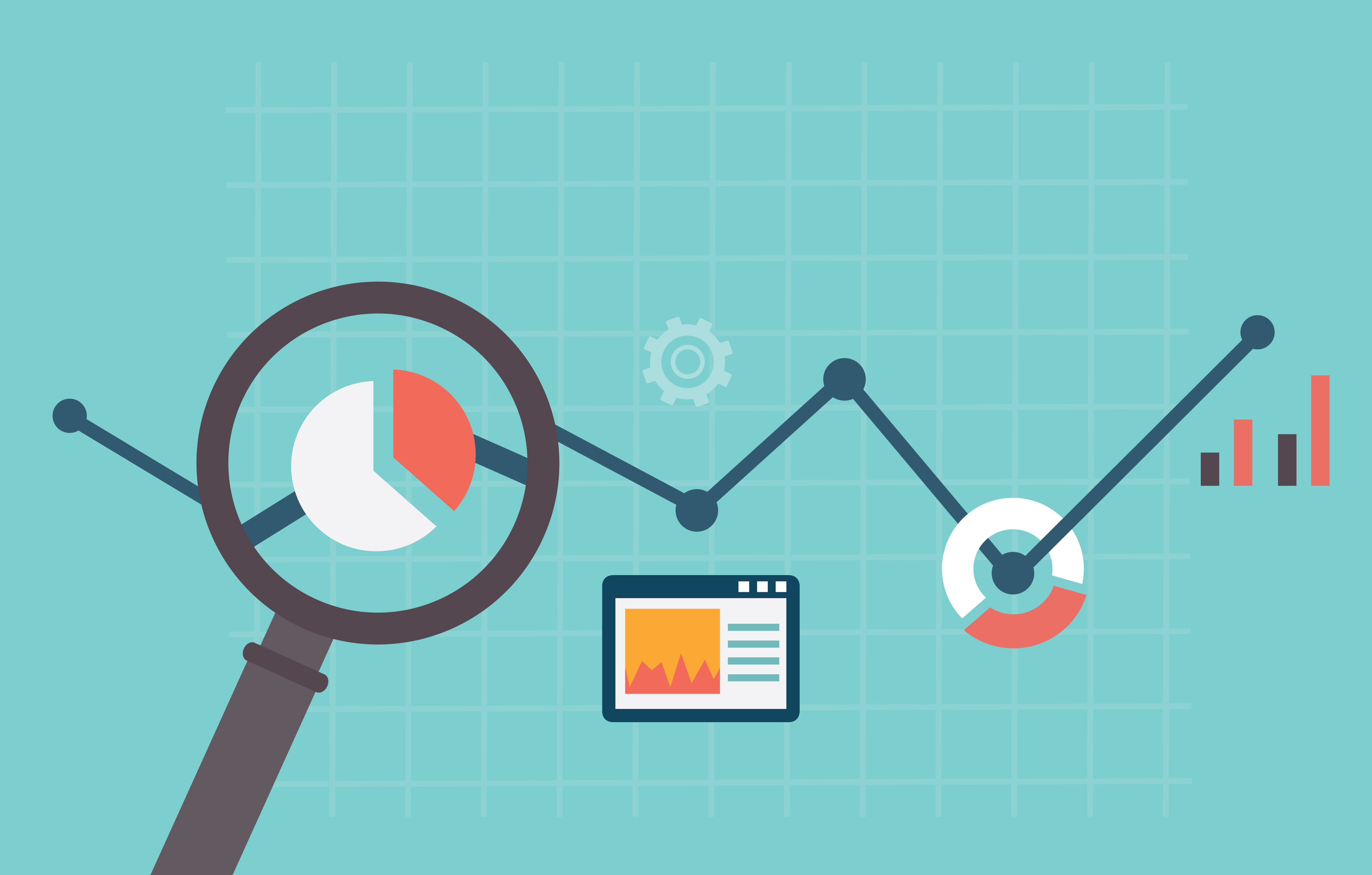
If you’re in an unfamiliar neighborhood and craving Chinese food, you can pull out your smartphone and ask where the nearest good restaurant is, using plainspoken language. If you’re trying to get in shape, you can use a Fitbit and apps to track your activity, guide you in the right direction, and visualize your progress clearly.
If harnessing the vast amounts of data around us in our personal lives to gain valuable insights is so easy, why is often so difficult to replicate that experience at work? As consumers, we expect the technology in our lives to be simple, fluid and responsive. It’s time for us to expect the same from our business tools.
Programmatic marketing analytics has made advertising more precise, measurable and accountable than ever before. But the irony of the programmatic age is that we measure our results with tools from the previous decade – or even the previous century. Programmatic has become the new normal, but our reporting and analytics are stuck in the old normal. A lot of media planning is still done in Excel. Some non-programmatic media buys still are completed through fax machines.
Advertisers and publishers could use programmatic to be more adaptive and responsive – making real-time changes to strategy based on up-to-the-minute data and insights – but the tools to help manage and understand this data are not nearly as advanced as the platform itself.
We need powerful visualizations to help us identify patterns, trends and outliers in their data – enabling faster, more informed decision-making. We should be able to ask simple questions about complex real-time data, and get clear and actionable answers. Tap into advances in consumer technology to create a more conversational approach using programmatic analytics and reporting. Instead of constructing a complex query, we should be able to ask the simple questions our bosses are asking us, such as “Who are my top five agency buyers?”
And much like investors in financial markets, we need benchmarking insights that provide a view into the wider market. Most investors couldn’t conceive of a world that didn’t include indexes like the Dow Jones Industrial Average, S&P 500 and the hundreds of others that they access to measure their progress and adjust their strategy. By contrast, in the real-time ad sales market there’s not been anything similar. Publishers and buyers remain largely in the dark when it comes to accessing insights into what’s happening in the wider market.
Programmatic is the epitome of “big data” – an unprecedented amount of detailed knowledge about the reach and effectiveness of media buys. And like all big data, its volume and complexity outpaces any human’s ability to process it. But smart technology can comb through all this data and produce the programmatic tool insights and guidance we need.
This programmatic combination of natural language processing, data analysis and benchmarking can add up to some significant advances in how we approach the programmatic world. If we can close the gap between data, insight and action, we can unlock programmatic’s full potential to optimize and supercharge the world of advertising.
Adapted from the PubMatic 2015 Programmatic Outlook Report.
Click here to learn how publishers can use PubMatic Analytics to optimize and grow revenue.




